NORWAY RATS
Your Rats Problem, Gone For Good, Guaranteed.
Request a Callback
We’ll give you a call to discuss the best pest application for you:

DESCRIPTION:
___
The Norway rat is a larger, stockier rat that prefers to live near ground level. It is usually brown or grey with a body up to 10 inches long. Nests most often are in burrows dug in the soil, and it is commonly found moving through the sewer and storm drain systems under our cities and neighborhoods. Its fur is brown, its ears are small, its nose is blunt, and its tail is shorter than its body length. Norway Rats can enter through an opening no wider than half an inch. Preferred foods may include meat or fish, so it is common around seaports and waterfront areas. In residential areas it may feed on snails or pet food, and other names that have been applied to it are Wharf Rat, Sewer Rat, Ship Rat, Burrowing Rat, and Brown Rat. Rats are somewhat color blind.
BIOLOGY:
___
The Norway rat can breed throughout the year if conditions are suitable, a female producing up to five litters a year. The gestation period is only 21 days and litters can number up to fourteen, although seven is common. The maximum life span is up to three years, although most barely manage one. Rats are capable of producing up to 25,000 fecal droppings each year.

HABITS:
___
Norway Rats are meat eaters. Stories emerge of pet rats attacking children while they sleep in their cribs, chewing on them to the extent they may even cause the death of the child. “Gnawing” is an important habit of all rodents. Gnawing is used to gain access by chewing through walls, doors, or outer packages. Gnawing is used to access water by chewing through pipes, including outdoor irrigation systems. Gnawing is used to acquire nesting materials by chewing on fabrics. Gnawing is also used to eat, by chewing on hard materials such as bait blocks or walnut shells.
Rats do not like daytime activity, and if you see them out and about during daylight hours it may be telling you one of several things: that they are extremely used to you and have gotten bold, they are ill, or there are so many rats they have run out of hiding places. Rats are suspicious, and are more likely to avoid contact with new things in their environment.

